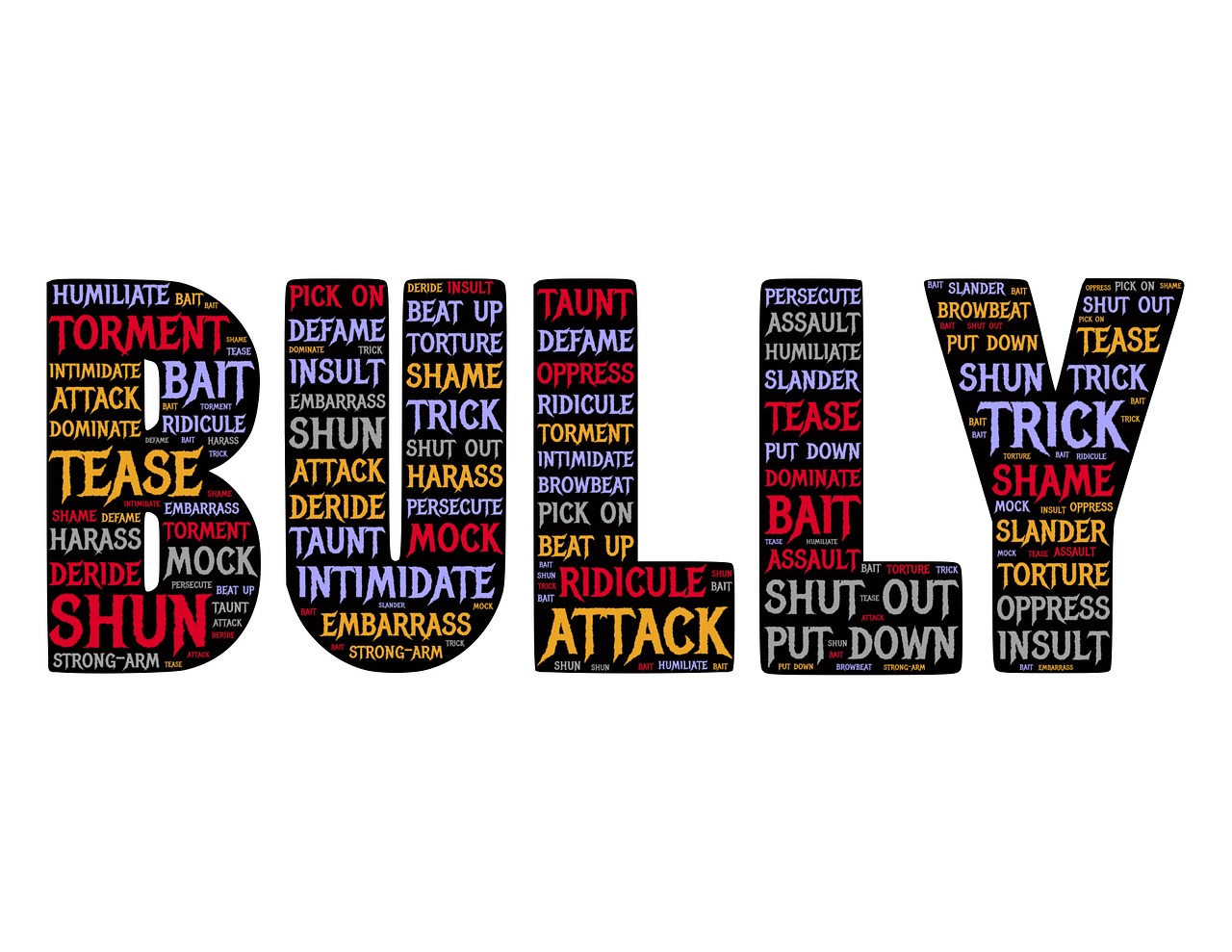A Neighborhood Association is a group of neighbors working together to build a stronger neighborhood. This article outlines the basic steps required to start an effective neighborhood association.
What you need to do to get started
The first place to begin is with your city government. Many cities have a neighborhood relations department that can provide you with help on regulations and valuable information (including guides on setting up a neighborhood association) to ease the process of starting a neighborhood association. Some cities even provide grants to help start a neighborhood association.
Core Group Determines the Issues, Concerns, and Needs
After you have researched any requirements mandated by your local city government, create a small core group of neighbors and friends and inventory the neighborhood to identify and determine what are the primary issues that people care about.
Every neighborhood association is different—Some start in response to one particular issue or crisis such as a redevelopment or an increase in crime. Others are more general in nature and are structured around many different issues.
In either case, you will want to represent all of the people in your neighborhood.
Core Group Homework
After the core group defines the major issues facing your neighborhood, their primary function is to then act as a steering committee and help plan for the first general meeting of the entire neighborhood. The core group will need to do a number of important things in preparation for the first general neighborhood meeting:
- Define a list of small "kick-off" projects that should be fairly simple such as a block clean-up, letter writing/email campaign, or a potluck fundraising event. The idea is to make it easy for the people who come to the first meeting to get involved.
- Decide who you want to tell about your new organization such as community newspapers, local government, churches, and other neighborhood groups. Create a list with contact names, phone numbers and email addresses and designate who in the core group should be in charge of this task.
- Designate someone in the core group to be in charge of recruiting neighbors to be general members of the neighborhood association.
- Designate someone in the core group to research in depth all of the issues identified. It is important that you know the history of the important issues so that you know what has already been done in the past and you don't repeat any previous mistakes.
Plan the First General Meeting
Once the core group has completed their "homework" you should decide on a date, time, and location for the general membership meeting. Keep in mind that you want to choose a date and time that is going to be convenient for the largest number of people possible. In terms of time, week day evenings or a day on the weekend usually work the best. Schools, public libraries, churches, and community centers make great locations for the meeting and will often be free of charge.
Create an Agenda
This first general meeting is very important in that its job is to lay the foundation for the organization. You should come out of this meeting with an agreement on goals and the issues that the organization will take on. Below is a framework for what your agenda might look like at this first meeting.
- Introduction: Introduce the core group and explain the purpose of the meeting. Also, everyone attending should introduce themselves and share where they live and what they would like to see happen in the neighborhood.
- Discuss the Issues: Everyone attending should have a chance to voice their opinion and make suggestions. Be sure to limit each persons time, so as not to bog down at this point.
- Set Priorities: Based on the issues discussed, prioritize one or two areas of interest and create projects.
- Create Tasks: Break your project ideas down into a series of tasks and assign volunteers. If the work involves a lot of people, create a committee and assign a head.
- Create the Organization Structure: You will need to create a name and create a leadership team (ask those in attendance to approve the core group as a steering committee until elections are held). Rules for operation and elections can either be adopted at the first meeting or put off until the organization has more experience.
- Set a date for the Next Meeting: It is essential to agree on a date and time for the next meeting before adjourning.
Get the Word Out
Now that you have done all the ground work for the first meeting, you need to publicize the event in a way to insure the highest participation possible. Below are some tips to insure high attendance:
- Create meeting announcement flyers which include time, date, and place. Distribute to as many places as possible such as: apartment building lobbies, grocery store bulletin boards, churches, schools, and public online forums such as Neighborhood Link.
- Set up a free neighborhood website at Neighborhood Link so that when you distribute flyers in the neighborhood, you can give neighbors a place to go online for more details. Be sure to print the address of your website on each flyer.
- Take your flyers door-to-door and canvass the neighborhood or block your are organizing.
- Request articles in local papers announcing the meeting. Many newspapers have local sections dedicated to neighborhoods and this is just the kind of news they are looking for.
Tips for the Meeting
- Be prepared for a big meeting with lots of discussion and more ideas than you might have expected.
- Be prepared for a small meeting—low attendance is common for new organizations and if this happens, stay positive and enlist the energies of everyone who does show up.
- All ideas should be given fair consideration
- Everyone needs to be treated with respect.
- No one should leave the meeting without a task, even if it is simple.
- Eveyone should sign in. Collect as much contact information as possible, including email.
Related Articles
- How To Collect Delinquent HOA Dues And Fees
- What is an HOA or Homeowner Association?
- HOA Website Can Save Money And Increase Communication
- How Neighborhood Assoc Websites Can Increase Participation
- A Condo Association Website Can Facilitate Communication
- Neighborhood Watch-How to Start One!
- Utilizing a Neighborhood Watch Website
- An Effective Meeting Agenda
- A Guide to Successful Association Meetings
- Association Basics for Committees
- Attracting Volunteers
- Budget Preparation Tips
- Effective HOA Communications
- Have An Effective and Efficient Meeting Every Time
- Directory of Association Articles
 Print
Print Email
Email










